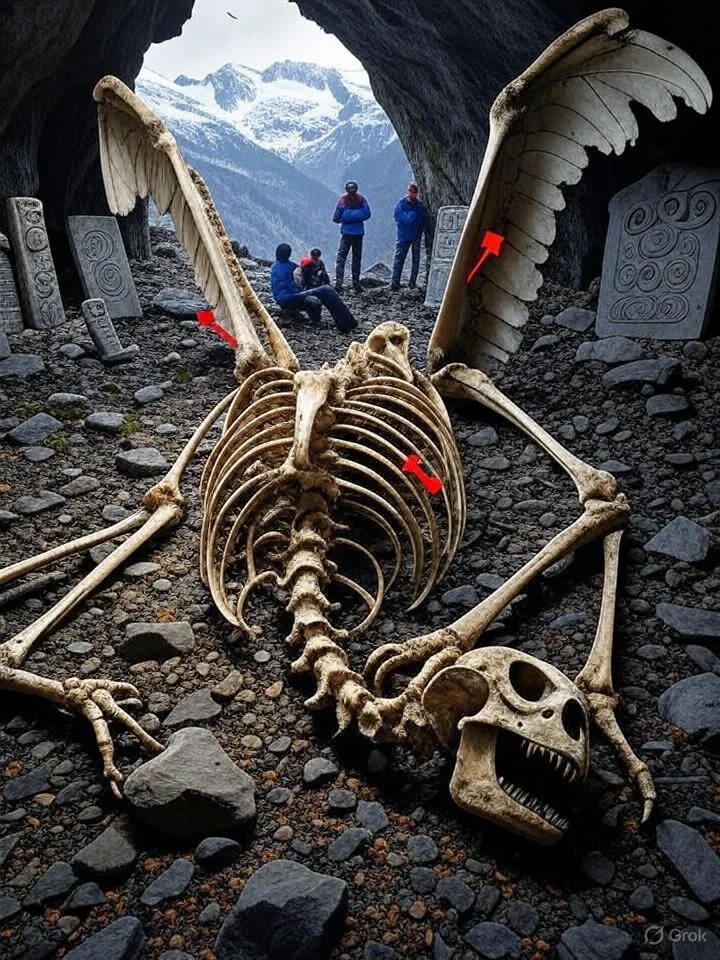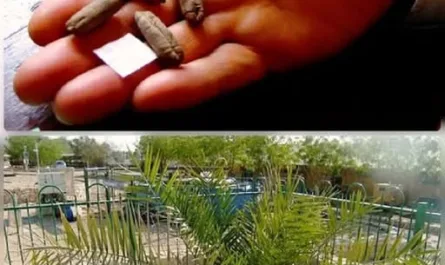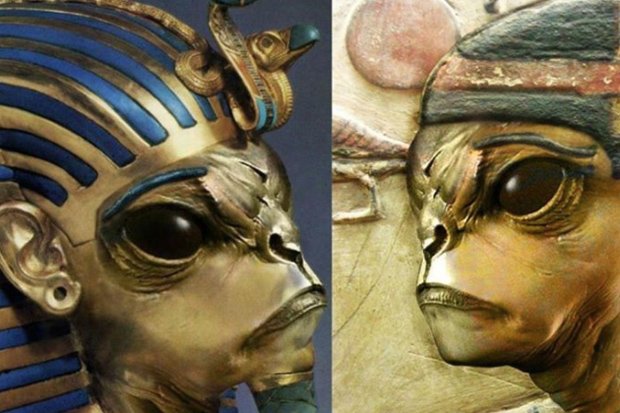Winged Falcon-Like Skeleton in Pyrenees Cave Near Lourdes: Mythic Creature or Hoax?
In the rugged Pyrenees Mountains near Lourdes, France, a skeleton with falcon-like wing structures was reportedly uncovered in a limestone cave close to the Grotte de Massabielle, a site of pilgrimage. Featuring a humanoid frame with feather-like bone extensions, this relic, preserved by the cave’s dry cold, sparks intrigue: Was it a revered sky spirit tied to Celtic myths? Why buried in this sacred 2,200-meter-high cave? Why the silence from authorities? This find, amid the Pyrenees’ 430 bird species, challenges anthropology, hinting at a lost hybrid erased from Occitan lore. Yet, hoaxes like the 2015 “Merrylin” winged skeletons and misidentified eagle fossils urge caution. Could it be a mythic relic, a misidentified falcon fossil, or a fabricated tale? Lourdes’ winds demand answers, but the truth likely lies in legend and fabrication rather than fossilized fact.
The Alleged Discovery: A Cave’s Secret

Lourdes, nestled in the Hautes-Pyrénées, is globally known for the Grotte de Massabielle, where Bernadette Soubirous reported Marian apparitions in 1858, drawing millions of pilgrims annually. The nearby limestone caves, part of the Pyrenees’ karst landscape, have yielded prehistoric fossils, but no verified “winged skeleton” has been documented. The story, circulating in online forums and social media since around 2020, claims divers or archaeologists found the skeleton in a high-altitude cave (2,200 meters) near Massabielle during a 2018 or 2019 exploration. Described as a humanoid torso with elongated “wing” bones (1–1.5 meters span) resembling falcon feathers, the remains were allegedly preserved by the cave’s stable 10–15°C temperature and low humidity, typical of Pyrenean grottoes.
No official reports from the French National Institute for Preventive Archaeological Research (INRAP) or the Lourdes Sanctuary confirm this. Searches of academic databases and news archives yield no matches for a “falcon-like skeleton” in the area. The tale appears to stem from viral posts on platforms like Reddit and Facebook, blending real cave archaeology with fiction. The Pyrenees, rich in fossils from the Jurassic and Cretaceous periods, have produced bird remains, but nothing humanoid or winged in the manner described.
Celtic Myths and the Pyrenees’ Mythic Legacy
The Pyrenees, straddling France and Spain, were home to Celtic tribes like the Convenae and Consoranni, whose lore intertwined with Roman and Basque traditions. Celtic mythology abounds with winged creatures: the Morrígan, a war goddess who shapeshifts into a crow; or the Sluagh, a flock of restless spirits with bird-like wings that snatch souls. In the Pyrenees, local Occitan and Basque folklore features winged beings like the Basajaun (a forest spirit sometimes depicted with avian traits) or Lamia (serpent-women with bird wings in Basque tales). The “sky spirit” narrative aligns with these, suggesting a Celtic ritual burial of a shaman adorned with falcon feathers for prophetic visions, akin to the Valkyries’ raven associations.
However, no archaeological evidence supports a winged humanoid. Celtic burials in the region, such as those at the Oppidum of Entremont, contain weapons and jewelry, not hybrid skeletons. The story’s tie to Massabielle, a Marian site, adds irony—contrasting Christian sanctity with pagan myth—but lacks substantiation, possibly a fabrication to exploit Lourdes’ 6 million annual pilgrims.
Scientific Scrutiny: Fossil or Fabrication?
The Pyrenees’ caves, like those in Ariège or Hautes-Pyrénées, have yielded impressive fossils: marine reptiles from the Jurassic, such as ichthyosaurs, and bird bones from the Eocene. Falcon-like features could stem from misidentified pterosaur fossils (flying reptiles with wingspans up to 1 meter) or eagle remains, common in the region’s Miocene deposits. The Tautavel Man site (450,000 years old) and Gargas Cave’s hand stencils show human activity, but no hybrids. A “feather-like” bone extension might be a bat wing or bird humerus, exaggerated in retellings.
Hoax parallels abound: The 2015 “Merrylin winged skeletons,” fabricated by artist Alex CF for his fictional museum, featured fairy and alien bones that went viral before debunking. Similarly, the 2012 Bulgarian “mermaid” was a fish-primate composite, exposed by Snopes. In France, the 1890 Giant of Castelnau bones were likely animal remains, and the 2008 Echenoz-la-Méline skeleton was a normal human from a Merovingian necropolis. The Pyrenees’ gravel history of misidentified finds, like the 1869 Cardiff Giant, suggests this “skeleton” is another fabrication, perhaps for tourism or social media clicks. Authorities’ “silence” likely stems from no official report—Jeju-like hoaxes thrive on anonymity.
Cultural Impact and Legacy
The tale amplifies the Pyrenees’ mythic aura, from Black Forest shrieker legends to Basque lamia, blending Celtic and Christian threads. Lourdes, with its 6 million pilgrims, could leverage it for “mystery tours,” but ethical concerns loom. Like the De Loys ape or Eltanin Antenna, it highlights folklore’s power over fact.
Lessons for Today
This story teaches:
- Mythic Fabrication: Like the Merrylin hoax, it warns against viral myths.
- Archaeological Integrity: Celtic art’s legacy, akin to the Moors’ Alhambra, demands evidence.
- Cultural Sensitivity: Pyrenean lore, like Diodorus’ Ethiopian claims, deserves respectful study.
Winds of Mystery
The alleged winged falcon-like skeleton near Lourdes’ Grotte de Massabielle merges Celtic myth with hoaxery, its “feather” bones likely a falcon fossil or fabrication. Like the third state’s cellular mystery or Gustav Klimt’s shadows, it captivates, but truth favors science over siren songs. The Pyrenees’ winds carry legends, not wings—inviting us to discern reality from the roar.





